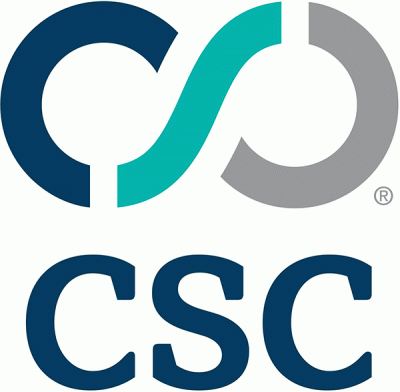


|
||
|
||
In August 2020, we wrote an article on preparing for the reduction of certificate life cycles from two years to one. Discussions continue, and given the push for shorter certificate terms by the CA/B Forum—in particular the browsers—we predict the move to lower certificate life cycles will continue, and that terms will be reduced to 90 days within the next 24 months.
Digital certificate management is complex and carries great risks, which is why getting ahead of this transition is essential, and planning needs to start now.
Increased use of the internet, both for business functions and in our daily lives, means the need to manage and replace more certificates more frequently is constantly growing. For those who previously had two-year certificate renewals, the reduction to 90-day certificates means that your standard workload would increase eight fold! That can open you up to error, increasing the likelihood of missing a replacement, and putting the security of your organization and your customers at risk.
Automation is the obvious solution to offset the increased labor requirements that go with shorter certificate terms, decreasing the security risks.
While two years feels a long way away—particularly if you have a working transactional certificate renewal process—it will go by quickly. Changing how infrastructure works, and ensuring all software is up to date takes time, development, and a lot of planning across IT, procurement, legal, and change management departments—and will eat up a significant chunk of that time.
Now is the time to act to avoid finding yourself in a position where you must rush to find an automated solution at the last minute. Failing to find an adequate automation solution in good time could mean a certificate renewal is missed, resulting in an outage of a critical business function.
To help you prepare for these changes, we’re running a special, free webinar on April 14, 2021 featuring guest speakers and CA/B Forum members Nick France and Tim Callan of Sectigo, who will share their recommendations on how to best manage the switch to secure sockets layer automation. You can find more information and register here.
Sponsored byVerisign

Sponsored byVerisign

Sponsored byIPv4.Global

Sponsored byWhoisXML API

Sponsored byDNIB.com

Sponsored byRadix

Sponsored byCSC
